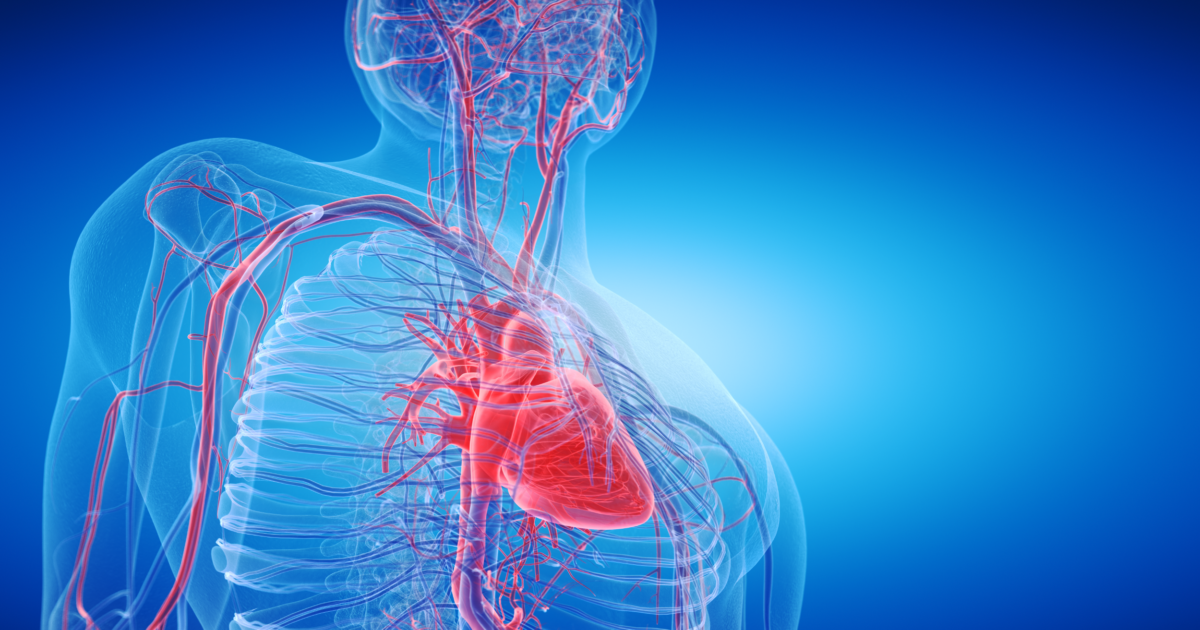Center Information
Vascular Center, Bangkok Hospital offers a comprehensive vascular care, covering accurate diagnosis, personalized planning and effective treatments as well as full recovery. Supported by cutting-edge technology and advanced medical equipment, our multidisciplinary team consists of highly experienced and well-trained vascular specialists. As our ultimate goal, our center aims at making differential diagnosis which is accurate and made in a timely manner, substantially resulting in effective treatment outcomes. A holistic rehabilitation care with continuous monitoring plan has been fully applied in order to achieve a complete recovery after treatments. Patients can rest assured that their quality of life can be regained, allowing them to continue living with confidence.
Diseases and Conditions
- Peripheral Arterial Disease –PAD
- Chronic or non-healing wounds or ulcers
- Arterial Aneurysms
- Varicose Veins and Venous Disorders
- Chronic Venous Disease (CVD)
- Deep Vein Thrombosis (DVT)
- Vascular Access for Hemodialysis
- Vascular Malformations
- Vascular Trauma or Vascular Injuries
Our Services
- A wide variety of non-surgical treatment options for varicose veins e.g. endovenous laser ablation treatment, radiofrequency ablation (RFA) and catheter-assisted procedures using radiofrequency or laser energy.
- Diagnosis and advanced treatments of deep vein thrombosis in the legs and feet.
- Comprehensive care and prevention of peripheral arterial disease
- Advanced treatment of peripheral arterial disease by using non-surgical procedure, called endovascular balloon angioplasty.
- Vascular access for hemodialysis which is a surgically created vein used to remove and return blood during hemodialysis in patients with chronic kidney disease.
- Conducting venous CO2 angiography which is the novel technique for vascular examinations and interventions without loading contrast media which potentially impairs kidney function.
Diagnostic Tools and Equipment
- Vascular diagnostic devices and equipment: An arterial examination with advanced tool and technique is performed to identify the abnormalities of arteries in the arms and legs. Risks of developing PAD in which narrowed arteries reduce blood flow to the limbs in particular parts can be estimated, enabling timely and effective treatments with minimized chances of toe, foot or leg amputation caused by untreated or severe PAD.
- Color Doppler Ultrasound: A Color Doppler Ultrasound is a non-invasive test that can be used to estimate the blood flow through the blood vessels by bouncing high-frequency sound waves (ultrasound) off circulating red blood cells. This test can detect the obstruction or blockage in the blood vessels and estimate how fast blood flows by measuring the rate of change in its pitch (frequency). It is often used to detect vascular abnormalities such as plaque buildups in the critical blood vessels e.g. carotid vessels which are major blood vessels in the neck that supply blood to the brain. If vascular abnormality develops in carotid arteries, it can increase the risks of cerebrovascular diseases such as stroke.
- A computed tomography angiography (CT angiography): Using X-rays to provide detailed pictures of the blood vessels that go to the whole body, a CT angiogram can show narrowed or blocked areas of a blood vessel throughout the body.
- Tissue oxygen saturation (StO2) assessment for treatment planning of chronic ulcers or non-healing wounds caused by PAD.
- Catheter-assisted procedures and vascular access for chemotherapy treatment.
Technology and Treatment
- Minimally Invasive Vascular Procedure: To treat both vein and artery diseases, a minimally invasive vascular procedure uses a specially designed catheter instead of open surgery. For example, Balloon Angioplasty, a catheter (a small hollow tube) is threaded through a blood vessel to the affected or blocked artery. A small balloon on the tip of the catheter is then inflated to reopen the artery and flatten the blockage into the artery wall, while stretching the artery open to increase blood flow at the same time. Balloon Angioplasty might be an alternative to bypass surgery using synthetic vessels.
- Advanced vascular intervention: Advanced vascular intervention involves radiofrequency ablation which is a minimally invasive interventional procedure to treat varicose veins. As a non-surgical approach, it involves the use of a catheter electrode to deliver a high-frequency alternating radiofrequency current that leads to venous spasm, collagen shrinkage and physical contraction through the 3-mm incision.

